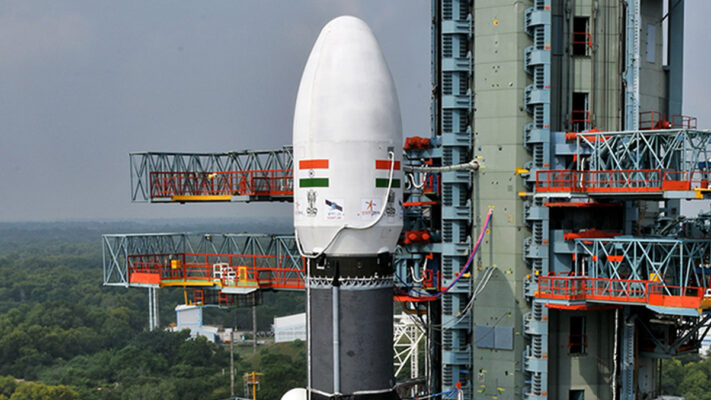ISRO’s smallest rocket SSLV launch failed, satellite could not reach orbit

The Indian Space Research Organization (ISRO) has launched the country’s new rocket Small Satellite Launch Vehicle (SSLV) today (7 August 2022). This launch was done from Launch Pad 1 of Satish Dhawan Space Center located in Sriharikota, Andhra Pradesh. But the rocket did not reach its target.
ISRO says that all its phases were normal. But the orbit in which it was to be installed did not reach there. That satellite is no longer of any use. The reason for its failure has been ascertained. Now action will be taken towards its solution.
Also, ISRO said that very soon SSLV D-2 will be launched. Also, a committee will be formed, which will study the reason behind the failure of this satellite.
(1/2) SSLV-D1/EOS-02 Mission update: SSLV-D1 placed the satellites into 356 km x 76 km elliptical orbit instead of 356 km circular orbit. Satellites are no longer usable. Issue is reasonably identified. Failure of a logic to identify a sensor failure and go for a salvage action
— ISRO (@isro) August 7, 2022
Earlier in a tweet, ISRO said it was “analyzing data” on the launch of its smallest rocket, SSLV-D1, carrying an Earth observation satellite and a student satellite from the space center in Sriharikota this morning.
ISRO Chairman S Somnath said, “SSLV-D1 performed as expected in all phases. In the last phase of the mission, there are some data issues. We conclude the final result of the mission with respect to achieving a stable orbit. To analyze the data.”
SSLV-D1/EOS-02 Mission: Maiden flight of SSLV is completed. All stages performed as expected. Data loss is observed during the terminal stage. It is being analysed. Will be updated soon.
— ISRO (@isro) August 7, 2022
The SSLV is 34 meters long, which is about 10 meters less than PSLV and has a diameter of two meters as compared to PSLV’s 2.8 meters. PSLV weighs 320 tonnes, while that of SSLV is 120 tonnes. PSLV can carry a payload weighing 1800 kg. The country’s first Satellite Launch Vehicle 3, which was launched in 1980, could carry a payload of up to 40 kg.






